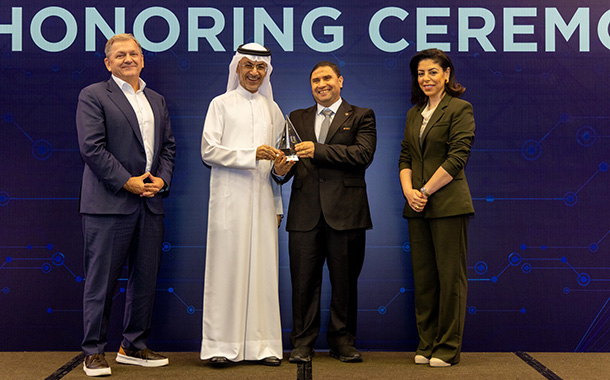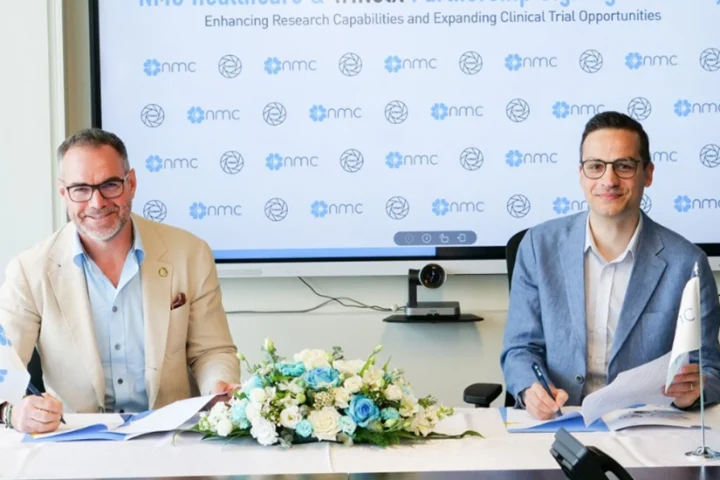Plant maintenance teams know the value of time. They are under continual pressure to minimise downtime, speed resolution rates, and streamline preventive maintenance, keeping interruptions to work-cycles as brief as possible. The need for speed is the one factor common to the wide range of work orders that may be assigned to a plant maintenance technician.
Remote connectivity and mobile solutions play an essential role in meeting expectations for speed. They give technicians access to data when and where they need it most. That is, in the field. This helps make informed decisions quickly.
Challenges and Solutions
All of the common challenges have solutions. The benefits of remote connectivity and access to data far outweigh the time and costs of overcoming hurdles to deployment. Here are five common issues and corresponding solutions:
1. Devices. Choosing the right type of mobile device is essential. The mobile device, whether a smart phone, laptop, tablet, or wearable device, needs to provide the ease-of-use and durability to match the environment in which it will be used, the type of technician who will be using it, and any physical considerations. For example, if technicians will likely be wearing gloves and working in areas with high temperature and humidity, devices with large keypads and heat/moisture resistance will be essential.
Some companies opt for the Bring Your Own Device, BYOD, strategy, which means asking technicians to use their own smart phones or tablets. But, most enterprises are finding this adds complications, such as how to compensate the technician if the device is lost or damaged while on the clock.
2. Usability. Besides matching the physical specifications appropriate to the need, the software solution also must meet business user expectations. If the solution is cumbersome to navigate, confusing, hard to personalise for specific needs, or lacks relevant help tools and knowledge bases, the technician is less likely to be an active user who leverages capabilities and makes the most of information available.
When usability is lacking, technicians are less productive, wasting time hunting for answers, stumbling through awkward navigation, and clicking through numerous irrelevant screens. Poorly designed solutions can even hurt recruitment and retention of technicians—highly valuable personnel.
3. Reliability. Some mobile solutions on the market were not built with mobility in mind; they ask the user to access the system through a web portal without creating responsive screens that will adapt to the size of the device. This means a technician may need to view massive amounts of information through a small window or contend with tiny text and distorted images. If mobile solutions don’t consolidate or simplify usability, users will create their own shortcuts, often resulting in imperfect data.
For example, if the technician must scroll through 500 possible resolution codes, it’s quite possible the technician will simply pick “Miscellaneous” every time. It will speed the process, but compromise reliability of data. Instead, look for a solution that is built for mobility, highly responsive, and that tailors screens for the specialised needs of mobile access.
4. Compliance. Whether the mobile solution saves data in real time or synchronises at the end of the day can cause compliance issues. Many mandates require activities to be tracked by when the asset is serviced or repaired, not when the data is uploaded to the system. For companies in industries with strict compliance needs, this will be an important functionality to verify. Every industry has specialised demands. Only software providers that focus on industry functionality will have the mobile solutions that align well.
5. Security. Safe-guarding data security is one of the classic issues brought up when skeptics voice concerns about mobile solutions. Some managers may worry that several mobile accounts accessing the system can make the system vulnerable. However, if the mobile solution is a natural extension of the main solution, requiring the same type of secure login, then the mobile accounts have the same level of security. Access is also controlled so personnel only access the data they are authorised to use. Modern mobile solutions are highly secure.

Key takeaways
- Remote connectivity and mobile solutions play an essential role in meeting expectations for speed. They give technicians access to data when and where they need it most.
- The mobile device, whether a smart phone, laptop, tablet, or wearable device, needs to provide the ease-of-use and durability to match the environment in which it will be used, the type of technician who will be using it, and any physical considerations.
- The software solution also must meet business user expectations.
- Safe-guarding data security is one of the classic issues brought up when skeptics voice concerns about mobile solutions.
Jonathan Wood, General Manager, Middle East and Africa, Infor, talks about the challenges posed by remote connectivity and mobile solutions.
























